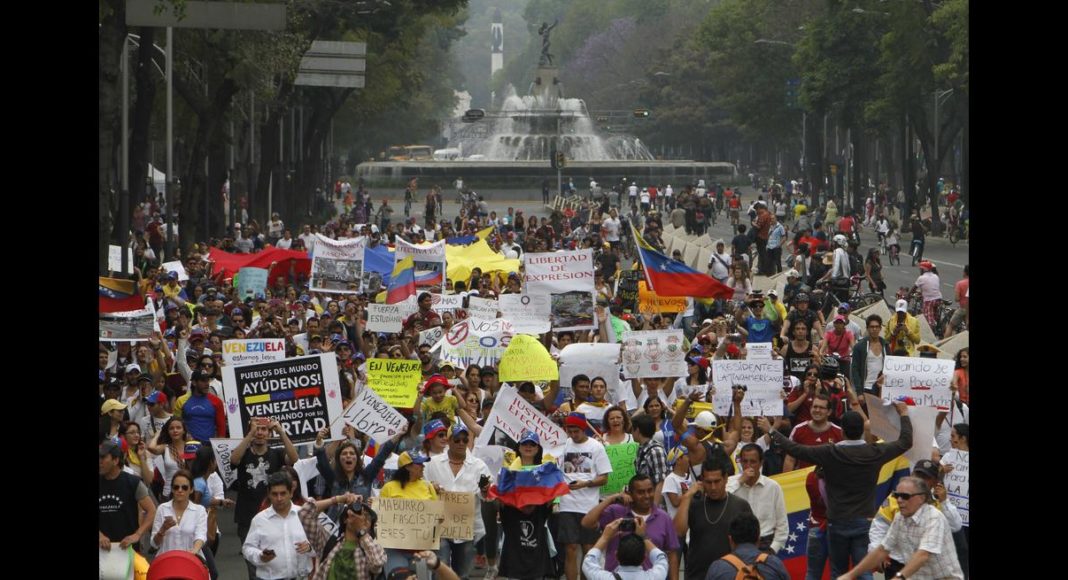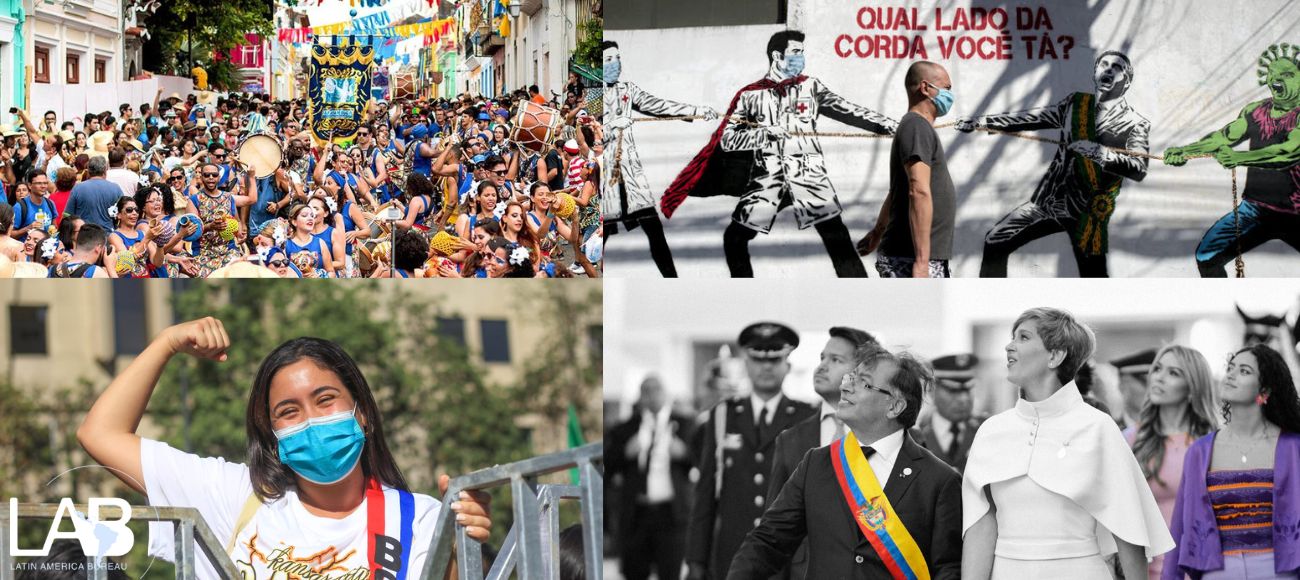
Venezuela — a view from the grassroots part 2
VP opposition protests on February 12 took place in 18 cities across the country and largely changed the focus of the original demands. Now, protestors called for the release of detained students and rejected repressive behaviour by the government and its affiliated armed groups. In the Venezuelan interior, protesters denounced shortages and the breakdown of public services, both issues being of more pertinence there than in the capital. The main MUD factions, led by Leopoldo López and Henrique Capriles respectively, were clearly surpassed by the massive size of the February 12 demonstrations.
Irrespective of ideological preferences, these were largely driven by an underlying current of discontent in a large part of the population affected by the economic crisis and the government’s adjustment measures. On the same day, PSUV also held rival marches and gatherings of lesser magnitude. In Caracas, several events unfolded that changed the tide of the protests. After the main rally had dispersed, remaining groups of students and activists clashed with police outside the Attorney General headquarters. Protestors threw stones and caused damage to the façade of the government building. The National Police, the Servicio Bolivariano de Inteligencia Nacional (Bolivarian National Intelligence Service — SEBIN) and the Guardia Nacional Bolivariano (Bolvarian National Guard — GNB) – with the support of pro-government militias – responded by firing at students with live ammunition. Two were killed: Bassil Da Costa, a young man who died from a shot to the back, and Juan Montoya, a police officer from Libertador municipality who also formed part of a chavista collective that took part in the protests.
According to Montoya’s family and friends, he was shot by a local police officer. In the aftermath, in another part of town, another protestor was killed by a group of armed civilians on motorbikes. The victim was identified as Roberto Redman, a protestor who had come to Da Costa’s aid earlier that day. That same night, the coordinator of the local human rights watch PROVEA was kidnapped by armed men in civilian clothes. They identified themselves as agents from the SEBIN agency and they confiscated his mobile phone. He was eventually released after having been beaten for several hours, and was repeatedly harassed with death threats.
In the following week, left-leaning newspaper Últimas Noticias (which has historically been sympathetic to chavismo) published an independent investigation that documented SEBIN’s movements in the surroundings of the Attorney General headquarters on the afternoon of February 12. The investigation records the use of live ammunition against a group of protesters that were running away from the SEBIN officers at the moment that Da Costa was shot. (http://laclase.info/nacionales/tiro-limpio-repelieron-manifestacion-del-12f). President Maduro initially blamed opposition protesters for the deaths, assuring his followers that the country was witnessing a repeat of the 2002 coup attempt. He later retracted this statement to declare that SEBIN had acted of its own accord, and sacked the chief agent involved. The actions of the government and its armed civilian wings on February 12 marked a turning point. These events led to the intensification of the protests, despite Maduro’s attempts to turn protests illegal if they have not been authorised by the state.
At the time of writing, six more people have died since the February 12 protests.** Recent estimates suggest that almost 200 people have received gunshot wounds, most of these inflicted by pro-government armed groups and the GNB. A further 40 people remain imprisoned. Multiple cases of torture and abuse of detainees by the state police and military bodies have been denounced to local and international news sources. Despite the military occupation of San Cristóbal and Mérida, the protests continue.
** On Tuesday February 25, Mexican newspaper El Universal reported 16 deaths, 149 wounded and 579 detained during the fortnight’s protests: http://www.eluniversal.com.mx/el-mundo/2014/suben-a-16-los-muertos-por-protestas-en-venezuela-990475.html
* Simón Rodríguez Porras is a militant in the Socialism and Freedom Party (PSL).
This article was originally published in Spanish on February 23, 2014 at http://laclase.info. The English version was edited by Rebecca Jarman.

